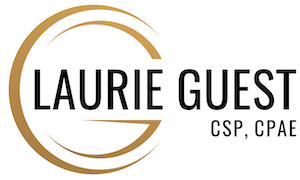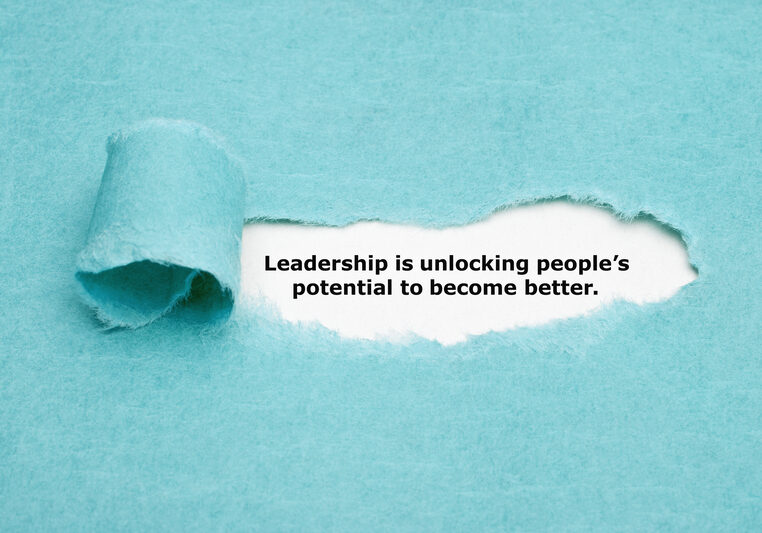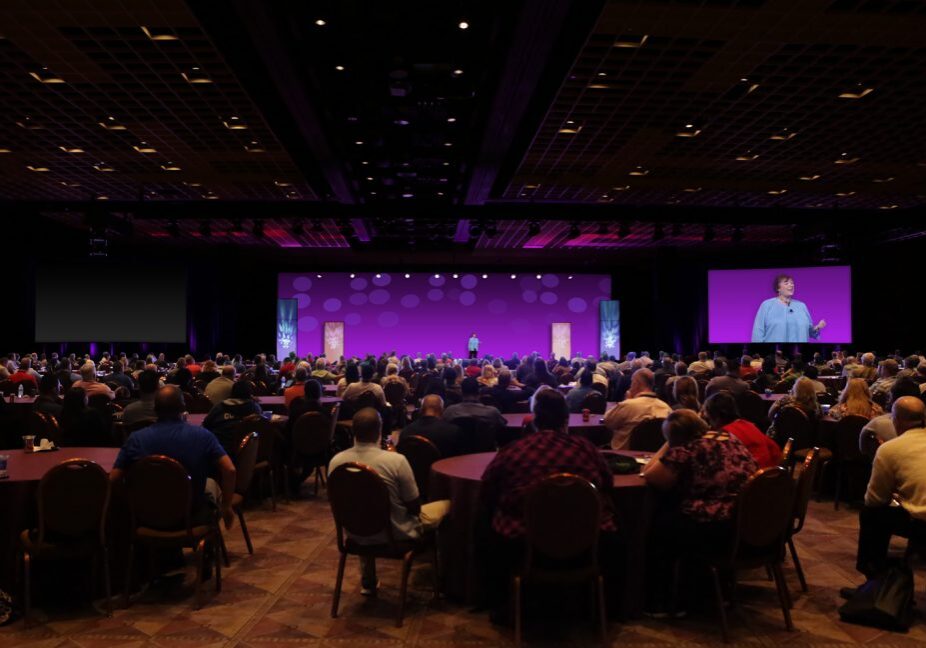A few years ago, I went to see the doctor. He said, “Laurie, I’ve got to ask you a question. How is it possible that a motivational speaker can have a weight problem?” I said, “Well, that’s easy. I see the golden arches, and I’m motivated to turn in.” I joke, but really we all know that if you burn more than you eat, you’ll lose weight. Knowing and doing, however, are two very different things.
I believe customer service works the same way. The term “101” means something is at an introductory level, but experience tells me a lot of us have either skipped the class or forgotten what we were taught way back when. And we can teach customer service 101, but is the staff really implementing it?
After secret shopping many companies over the years, I started teaching what I call the Big 7 of Service. As you read, rate yourself on a 1 to 5 scale on your ability to consistently deliver on each of the Big 7. Note that the below is only an excerpt from my main article. Use the link below to get the complete article.
Want the full article as a PDF? Get it here.
Sign up to receive monthly recaps of all my latest articles.
Eye Contact – The foundation of any connection starts with looking directly at the guest with an intention to serve. What do I mean by that? Simply looking at a person is not the same as establishing eye contact. Even if you are already involved with another guest or on the phone, you can accomplish this task in a way that makes the visitor feel a connection.
Smile – One of the easiest steps is often skipped is the smile. When an employee is at work, he or she may not feel like smiling for one of many reasons: too tired, too stressed, too overworked. The employee may not want to be there or simply lacks a commitment to the mission of the organization. If you don’t feel like smiling, it’s hard to do it. Even if you have to force a smile, it will make a big difference in your performance. Also, whether you believe it or not, a greeting without a smile and a greeting with a smile sound different! Try it. You can hear the difference in tone, which will make a difference in your customer service.
Show Signs of Familiarity – Dale Carnegie once said that a person’s name is to them the sweetest sound in any language. People love to hear their names. Have you ever been a frequent visitor to a business where they not only call you by name but also know what you want even before you ask? My dry cleaning manager pulls my clothes from the rack as soon as he sees my car pull up. At our favorite Chinese restaurant, the owner usually greets us with our standing order as we take a booth. A feeling of importance or familiarity makes us feel connected.
Posture – What does “ready position” look like in your company? As a secret shopper for over a decade, I have stories to tell. Take a banker who greeted a shopper with the phrase, “Hold on a sec. Let me get my shoes on.” Or side conversations between employees that don’t stop when the guest appear. Ready position is a behavior that needs to be taught in orientation. As a team, make time to discuss how posture plays a role in your service, then work to improve your ready position.
Greetings (Not Recordings) – One of the toughest aspects about greetings that is they need to be short, genuine, and repeatable without sounding like a recording. Years ago, I would visit Blockbuster. As soon as the door opened, I would hear employees shout, “Helloooooo” in a long, drawn-out, fake-sounding voice. They must have been trained to say hello to everybody as quickly as possible. What about the people who have a fake sound? They pick up the phone and say, “It’s a great day at the Shoe Den…” in an automated and expressionless voice. Depending on your specific industry or service, try a script that gets to the core of the connection.
Shaking Hands—When Appropriate – A handshake is common in many industries. Interestingly enough, I’ve never seen anyone teach a handshake to adults. One question that comes up has to do with who should extend a hand first. Keep in mind, the answer can vary according to culture, but in the United States, etiquette says the person with greater authority or age should be the first to reach out. What about customers? Research did not provide me with one right answer. Therefore, in my opinion, what makes sense is to shake hands when it feels natural and right. As a team, decide
if a handshake is mandatory or should it be le up to the individual. I always reach out to my clients with a handshake upon arrival. I greet with a big smile, say the person’s name, and follow my own advice on how to shake.
Remember Who You Greet – The final entry on the Big 7 proves to be challenging in large retail situations. I walked into my grocery store, and an employee in produce greeted me with, “Good morning. How are you?” Then about fifteen minutes later, I was over in the frozen foods section, and I saw the same employee again, “Hello. How are you today?” It was if he had never seen me before! This decreased the value of the hello. If you’re going to use it, try to find a little memory technique that tells you that you’ve already greeted that person. When you see that person again, you just smile as you go by. Once you’ve said hello, try really hard to remember that guest is covered.
If you rated yourself on the Big 7 of Customer Service as you read, how did you score? Though the steps may seem elementary, start paying attention to places where you feel your service has been lacking, and aim for improvements. I bet that what you find missing falls somewhere in the Big 7, and now you have the resources to fix them.
Want the full article as a PDF? Get it here.
Sign up to receive monthly recaps of all my latest articles.







